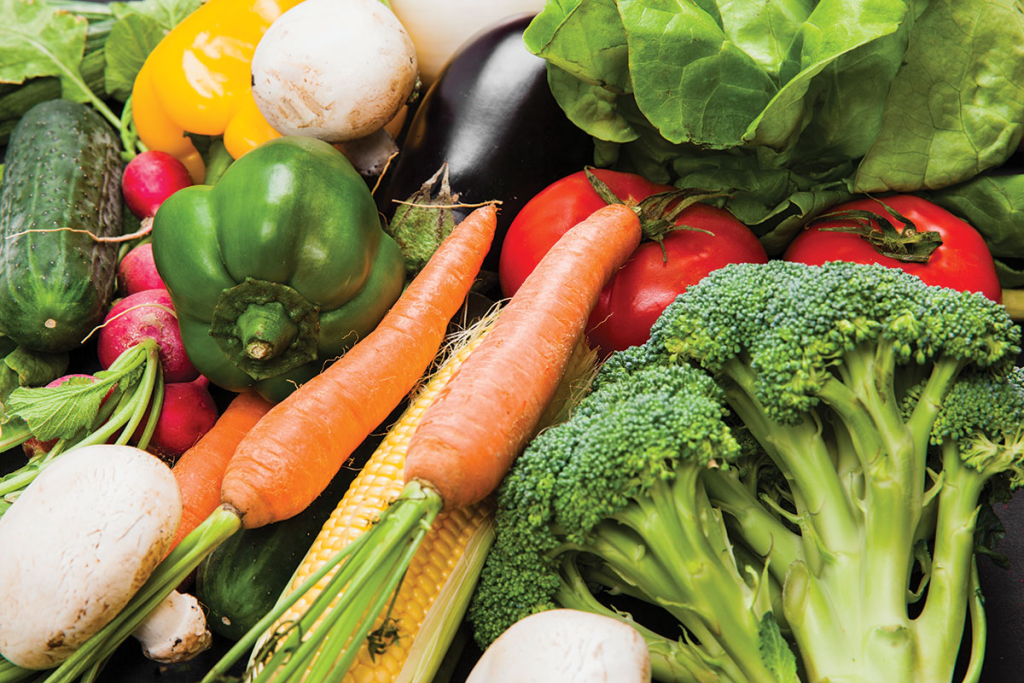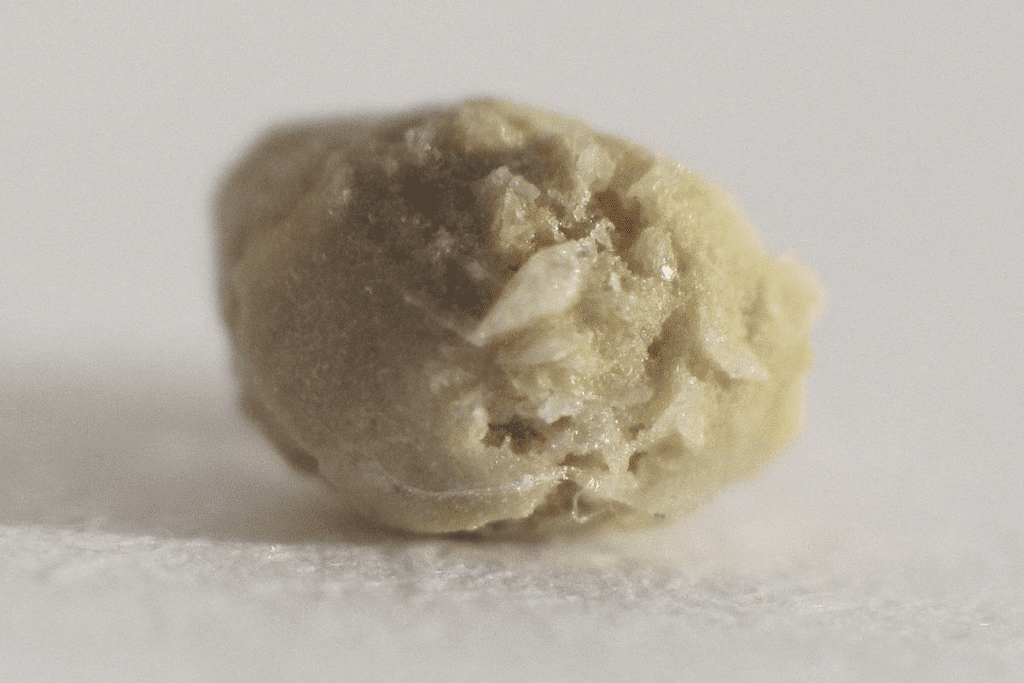Last Updated on October 31, 2025 by
Many vegetables are low in oxalates, making them great for those watching their intake. A low-oxalate diet is good for people with kidney stones. It means avoiding foods high in oxalates and eating more calcium.
There are many tasty, low-oxalate veggies to add to your meals. Kale, broccoli, cabbage, and cauliflower are not only yummy but also packed with nutrients. You can also try mushrooms, onions, peas, zucchini, and iceberg lettuce. These options help you eat well without worrying about oxalates.

Oxalates are complex compounds in our diet that affect our health. They are found in foods and made by our body during digestion. Knowing about oxalates is key to understanding their role in our health.
Oxalates are plant chemicals in foods like veggies, fruits, and nuts. They are also made inside us. Many things, like what we eat and our health, affect how oxalates form in our body.

When we eat foods with lots of oxalates, our body takes them in. Then, we get rid of them in our urine. For some, too much oxalate can cause kidney stones. Knowing how oxalates work in our bodies helps us manage their effects.
Eating too much oxalate can lead to health problems, like calcium oxalate kidney stones. People at risk should eat less of these foods. Studies show that changing what we eat can help control oxalate levels and lower health risks.
Learning about oxalates and their health effects helps us make better food choices. This is very important for those who have had kidney stones or other related health issues.
Adding leafy greens to your meals is safe if you pick ones with low oxalates. These greens are not only good for you but also easy to use in many dishes. We’ll look at some top leafy greens with low oxalates, their health benefits, and how to use them in your cooking.
Kale is a nutrient-rich green with low oxalates, making it a better choice than spinach. It’s full of vitamins A, C, and K, and minerals like calcium and iron. Kale also has antioxidants and is linked to better heart health and less inflammation.
To add kale to your meals, toss it in salads, blend it in smoothies, or sauté it as a side. Its mild taste and health perks make it perfect for cutting down on oxalates.
Mustard greens are low in oxalates and packed with nutrients. They’re rich in vitamins A, C, and K, and minerals like potassium and magnesium. They’re also good for your kidneys and can help reduce inflammation.
You can use mustard greens in many dishes, from salads to sautéed sides. Their slightly bitter taste goes well with garlic and lemon. With their health benefits and low oxalates, they’re a smart choice for a healthy diet.

Iceberg lettuce is a low-oxalate green that’s often overlooked. But it’s a good option for those trying to eat less oxalates. It’s low in calories and high in water, making it refreshing in salads and sandwiches.
While not as nutrient-dense as other greens, iceberg lettuce is a healthy choice in moderation. It’s also versatile, great for salads, wraps, and more.
Romaine lettuce is low in oxalates and full of nutrients. It’s a good source of vitamins A and K, and minerals like potassium and folate. It’s also rich in antioxidants and linked to better heart health and less inflammation.
Romaine lettuce is versatile, perfect for salads, wraps, and as a crunchy snack. Its mild flavor and health benefits make it a great choice for adding more greens to your diet.
Cruciferous vegetables are great for their low oxalate content and nutritional value. They are packed with vitamins and minerals. Plus, they have compounds that fight inflammation. Let’s look at some of the best cruciferous veggies that are low in oxalates.
Broccoli is a superfood that’s low in oxalates, with just 1mg per half-cup. It’s full of vitamin C, vitamin K, and fiber. This makes it perfect for a healthy diet. Broccoli’s low oxalate content is great for those sensitive to oxalates or at risk for kidney stones.
Cabbage is another low-oxalate veggie that’s packed with nutrients. It has antioxidants and anti-inflammatory compounds that fight chronic diseases. Its versatility and low oxalate levels make it a great choice for a healthy meal.
Cauliflower is a favorite low-oxalate veggie for many. It’s great in soups and salads. It’s full of vitamin C and fiber, and safe for those with oxalate sensitivities. Cauliflower’s versatility and health benefits make it a key part of many diets.
Cruciferous veggies have much lower oxalate levels than other veggies. Here’s a comparison:
As the list shows, veggies like broccoli, cabbage, and cauliflower have much less oxalate than spinach. They’re a smart choice for those trying to cut down on oxalates.
There are many tasty and healthy vegetables low in oxalates. These options can add variety and flavor to your meals. They help keep oxalate levels in check.
Radishes are low in oxalates and full of fiber and antioxidants. You can eat them raw or cooked. They’re great in salads, sandwiches, and main dishes.
Summer squash, like zucchini, is a low-oxalate choice. It’s full of water, making it refreshing and easy to digest. You can grill, sauté, or spiralize it into noodles for a healthy pasta option.
The Allium family, including onions and garlic, is great for cooking and health. They’re low in oxalates and add flavor to many dishes. Plus, they have compounds that are good for you.
Mushrooms are a great choice for low-oxalate diets. Most types have almost no oxalates. They’re also packed with protein, fiber, and vitamins. Mushrooms can make your meals more flavorful and nutritious.
Adding these low-oxalate vegetables to your diet is a smart move. They provide a wide range of nutrients while keeping oxalate levels in check. Try different recipes and cooking methods to find your favorites.
We can lower oxalates in veggies by using the right cooking methods. Boiling and soaking are effective ways to do this. They make veggies safer for those at risk of kidney stones or managing oxalate intake.
Boiling is a top method for cutting oxalates in veggies. When boiled, some oxalates go into the water, which we throw away. This leaves the veggies with less oxalate. It’s key to use lots of water to get the most reduction.
Soaking veggies can also cut oxalate levels. By soaking, some oxalates are pulled out. This makes veggies safer for those who can’t handle oxalates well.
Here are some soaking tips:
Cooking time affects oxalate levels in veggies. Longer cooking times mean fewer oxalates. But, we must not overcook to keep nutrients.
“The key to reducing oxalates while preserving nutrients is to cook vegetables until they are tender but not too soft. Overcooking can cause a loss of vitamins and minerals,” explains a nutrition expert.
By using these cooking methods, we can enjoy more veggies while keeping oxalate levels down. Whether boiling, soaking, or adjusting cooking times, there are many ways to reduce oxalates effectively.
Many vegetables are low in oxalates, making them great for a diet that limits oxalate intake. A low oxalate diet is good for those at risk of calcium oxalate kidney stones. We’ve looked at leafy greens, cruciferous veggies, and other low-oxalate foods that are healthy.
Knowing which foods are high in oxalates is key to managing oxalate intake. By picking low-oxalate veggies and using smart cooking methods, we can lower our risk of kidney stones. This is important for our health.
Making smart food choices helps us control our health. We suggest trying the low-oxalate veggies and cooking tips from this article. This way, we can make better diet choices and avoid health problems linked to high oxalate foods.
Oxalates are compounds found in foods like vegetables. They can bind to minerals like calcium. This can cause health issues, like kidney stones, in some people.
Leafy greens like kale, mustard greens, iceberg lettuce, and romaine lettuce have low oxalate levels. They are good for those on a low-oxalate diet.
No, cruciferous veggies like broccoli, cabbage, and cauliflower are low in oxalates. They are nutritious and safe for a low-oxalate diet.
Other low-oxalate veggies include radishes, summer squash like zucchini, onions, garlic, and mushrooms. These are good for a low-oxalate diet.
Yes, boiling and soaking can lower oxalate levels in veggies. This makes them better for a low-oxalate diet.
Boiling is effective in reducing oxalates in veggies. Oxalates are water-soluble and can dissolve in cooking water.
A low-oxalate diet helps those at risk of kidney stones or other health issues from high oxalates. It includes foods low in oxalates and uses cooking methods that reduce them.
Yes, eating a variety of low-oxalate veggies can keep your nutrient intake balanced. This way, you can reduce oxalate intake while getting enough nutrients.
Yes, foods high in oxalates include spinach, beets, and rhubarb. Limiting or avoiding these can help manage oxalate intake.
You can find low-oxalate veggies by checking reliable nutritional resources or databases. They list the oxalate content of various foods, including veggies.
Subscribe to our e-newsletter to stay informed about the latest innovations in the world of health and exclusive offers!